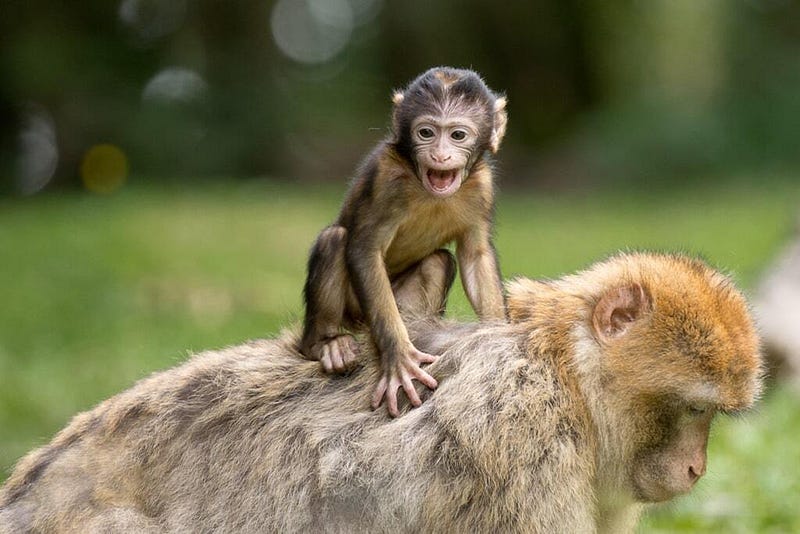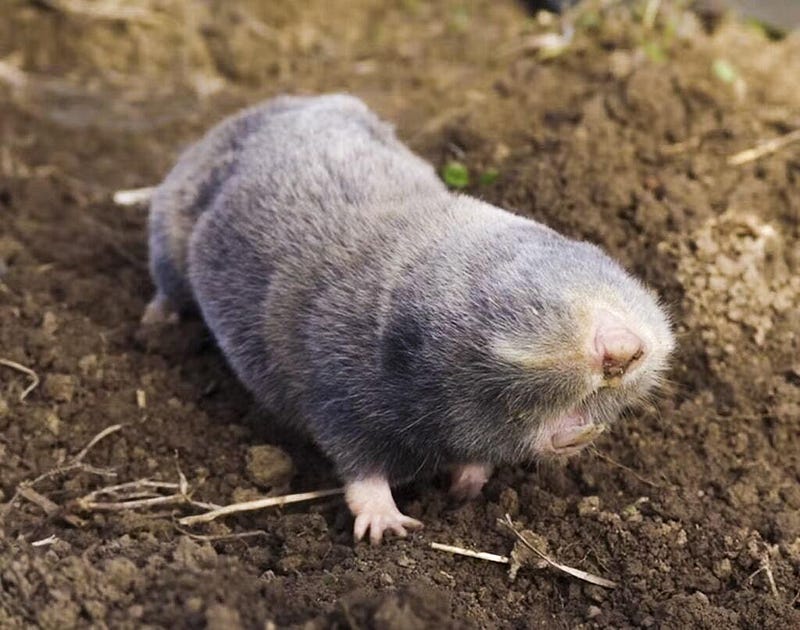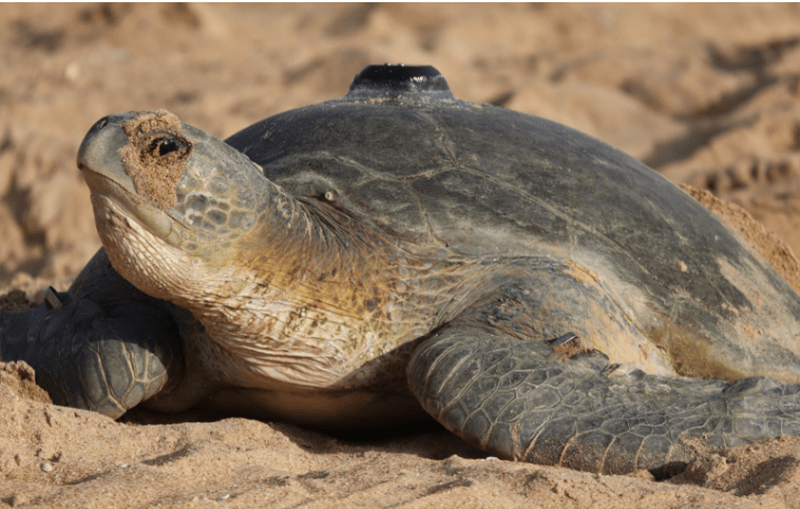
Technology’s Growing Role in Wildlife Conservation
Now let’s break that number down for some perspective. The IUCN has assessed over 150,000 species, with a goal of assessing 160,000. The 42,100 species threatened with extinction represent 41% of amphibians, 37% of sharks and rays, 28% of crustaceans, 36% of reef building corals, 34% of conifers, 27% of mammals, and 13% of birds.
Are you shocked? Because I am shocked. Shocked and disgusted. If we keep on this track, the numbers above are going to get bigger and bigger, and these beautiful creatures won’t be around for future generations to enjoy.
Wildlife conservation is the practice of protecting plant and animal species and their habitats. As the human population increases year by year, habitats are being destroyed and vital resources are being depleted. The goal of many environmentalist organizations, like the World Wildlife Fund, the Wildlife Conservation Society, and the United Nations (to name a few) is to support the human population while maintaining and protecting animal and plant species along the way.

One way that humans are advancing wildlife conservation is with technology. It makes a nice change, as most often we hear of technology attributing to the loss or destruction of nature. There are more and more examples of how technology assists conservationists:
- Audio sensors/ recorders
- Animal tracking tags
- Cameras
- AI recognition
- Environmental DNA (eDNA)
- Biologger tags
- Remote Satellites
These are just a selection of the available technologies. Hardware makers around the world are constantly creating and testing new devices to further their research. You can find some of these products on our website if you look around.
So, how are people using this technology for nature conservation? Well, I’m glad you asked.
Because we love Open Acoustics, I’m going to first mention the aquatic variant of the AudioMoth, the HydroMoth. Like the AudioMoth, this is a full-spectrum acoustic logger. Earlier this year BBC’s environmental series “Our Changing Planet” featured the little blue acoustic logger being used to record the orchestra of a thriving coral reef in the Maldives. The scientists involved, Prof. Steve Simpson and his team at Bristol University, plan to use the recordings to identify the sounds that attract coral polyps to land and grow. With this, they might be able to play this sound across dead coral reefs and encourage coral to propagate once more.
Have you heard of the term “rewilding” in regards to nature conservation? I hadn’t either until I stumbled on the company Mossy Earth. Their mission, according to their website, is “to restore wild ecosystems, support wildlife and biodiversity and help fight climate change.” They “rewild” environments across the globe, including reforesting Iceland, restoring kelp forests, restoring ponds and rivers in the UK, and turning an old mining site into a flourishing lake ecosystem, just to name a few.
Mossy Earth uses a host of conservation technology to achieve their goals, including camera traps (such as those being used to monitor Pine Martens & Mountain Hares in Scotland), wildlife tracking devices, and drones. As they run on donations from members, all the data they collect, as well as progress shots, are shared with their members. They also have a YouTube where progress videos are shared.

Wildlife conservation takes a massive amount of time, effort, and data. Whether you are tracking an animal, managing a whole herd, measuring and monitoring soil quality and food production, or following pollution levels, the Argos System has something for you.
The Argos System is, per their website, “an enhanced system that provides easy and universal access to satellite data for a variety of smart environment applications.” They have nine satellites that filter through 3,000,000 Argos messages per day, track over eight thousand animals a month, and provide data access over the globe. And, to top it off, they’re not even done! In 2024, Kinéis will launch 25 nanosatellites on 5 different orbits thereby upgrading the system and offering users unprecedented capabilities:
- Capacity to connect 2 million transmitters
- Optimized reception quality enabling trackers to be smaller and consume less energy
- 15-minute revisit time
- Two-way capabilities
One great thing about the Argos System is that a lot of the technology listed above — animal trackers, and acoustic loggers for example, run on the Argos System. One example is the MistyWest Polar Bear Tracking, which is a compact Argos-based tracking device with an internal antenna.
This one hits very close to home for GroupGets, as we are a stone’s throw from this natural treasure — the Keep Tahoe Blue nonprofit introduced two robots which were designed by a French startup called The Searial Cleaners; the PixieDrone, an electric, autonomous and programmable, motorized skimmer which moves through the water and captures debris inside its open “mouth,” just like manta rays and humpback whales capture prey; and the BeBot which is a larger version which sifts through the sand on the lake’s shore as it motors along picking up “micro-debris” that collects and can be hard to extract.
One of the most important duties of the PixieDrone, besides removing floating debris, is to collect and remove harmful weeds and other invasive plant species brought by boats from the Tahoe Keys Marina before they have time to reach the bottom and sprout. This prevents the spread of invasive species, which results in a stable ecosystem that maintains a balanced, working biodiversity that lets the native species thrive.

WILDLABS, a global conservation technology community of 7,000 people in 120 countries discussing 1,300 topics like biologging, camera traps, and machine learning, started the hashtag #Tech4Wildlife so that people around the world can share their use of technology for wildlife conservation. There are so many posts that I couldn’t pick my favorite. The feed is worth checking out; there is amazing footage from camera traps around the world, including wolves, Eurasian bears, and even a sloth.
WILDLABS also put out their own article in December of 2021 titled “ The State of Conservation Technology “ which includes a lot of interesting and interactive graphs as well as color-coded data. They detail who participated in the research study, the tools being used concurrently to the article — each with their own strength and weaknesses, and even the constraints holding back the progress of conservation technology. I could go on and on about their article and I would not be able to do it justice. If this topic interests you, which I hope it does, it is worth the read.

Everyday people around the world are doing their part to help plants, animals, and the environment. Recently we partnered with Digi-Key for our Get-MADE program, which offers promotion, manufacturing, and funding to products that qualify for the program. At GroupGets, we are making it a priority to make conservation technology accessible to all the wonderful people who want to use it for good.
